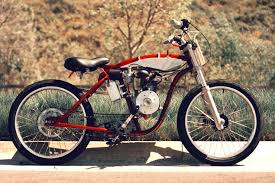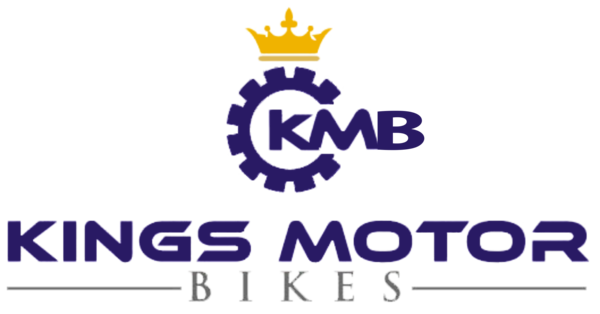lighter in weight motorized bicycles
Posted by Aaron A on
Motorized bicycle



Motorized bicycle which is chainless
A Motorized bicycle is a chainless bike that uses a toothed synchronous belt to transmit power from the pedals to the wheel. The belts are normally made by the same assembling organizations that create timing belts for cars, hardware, and different synchronous belt drive applications.
The use of belt drives to bikes is developing, particularly in the suburbanite bike market, because of the low support and grease free advantages. Belt drives are additionally accessible for stationary and wellness motorized bicycle.
Advantages
- Belts don't rust.
- Lubrication is not required.
- Cleanliness because of absence of oil.
- Little to no support.
- Smoother operation.
- Quieter than chain.
- Longer life than metal bike chains.
- Some belt frameworks are lighter than ordinary chain driven system.
Motorized bicycle



Downsides
- Derailleur’s can't be utilized, so an interior rigging center is utilized if different apparatus proportions are required.
- The belt can't be disassembled as a chain can, so a casing must have the capacity to oblige the belt by having an opening in the back triangle or a raised chain sit tight.
- Belts of Motorized bicycle come in restricted choice of lengths, which should be obliged in the configuration of the casing.
- Belt-driven Motorized bicycle and their repair or new parts are scarcer at shops than bikes with customary chain.
- Front and back pulleys or sprockets must be very much adjusted to maintain a strategic distance from exorbitant contact and wear. A chain of Motorized bicycle is more adaptable in this respect.
4 stroke bicycle engine kits



- Compared to a chain, belts are ordinarily keeping running at a much higher strain. This is done keeping in mind the end goal to abstain from skipping of the belt while being used. Nonetheless, high belt pressures of motorized bike with 4 stroke bicycle engine kits can lessen the future of the direction in the base section and in the back hub.
- First-era pulleys of motorized bike with 4 stroke bicycle engine kits with double aides had issues with snow getting to be compacted and caught in the pulley (up to finish inoperability at times). Second era (one aide, wheel side) and third era (focus guide) enhance the design.[citation needed]
History
Stride 3 with Kevlar belt drive
A belt drive for a motorized bike with 4 stroke bicycle engine kits was protected April 8, 1890 by Charles D Rice, Patent # 425,390. No confirmation has been found that it was ever utilized; however a few cruisers utilized cowhide belts as a part of the mid 1900s. The Bridgestone Picnica belt-drive bike was presented in the mid 1980s. It utilized a tooth-belt drive like auto timing belts and Harley-Davidson drive belts, alongside a novel two-section chain ring that expanded belt pressure with expanding load. The Picnica was a collapsing bike, and part of the request of the belt drive was cleanliness. The Picnica was a little wheel bike, so belt pressure might have been not exactly on a bike with standard-size wheels. It was evidently fruitful, yet was offered basically in Japan.
Bridgestone offered belt drive bikes in the USA until they cleared out the business sector around 1994. Subsequent to their advancement, they have persistently offered belt drive bikes in Japan including their top rated Albelt model.
In 1984 and 1985, Mark Sanders, a planner who had earned his degree in Mechanical Engineering from Imperial College, London, outlined a collapsing bike as a component of his graduate studies in an Industrial Design Engineering (IDE) program. The project was run mutually by Imperial College and the Royal College of Art in London. He worked together with an outline engineer from Gates Corporation to outfit his bike with a belt, as opposed to a chain.
